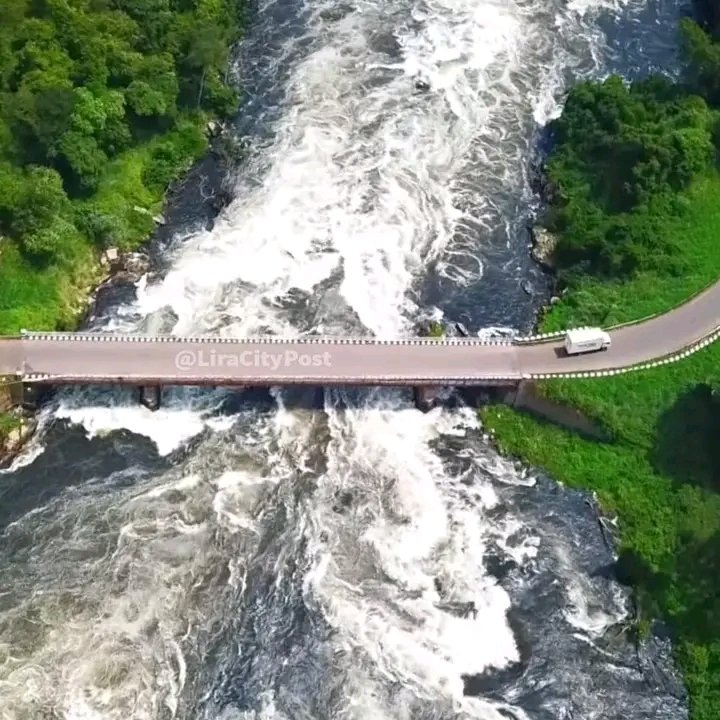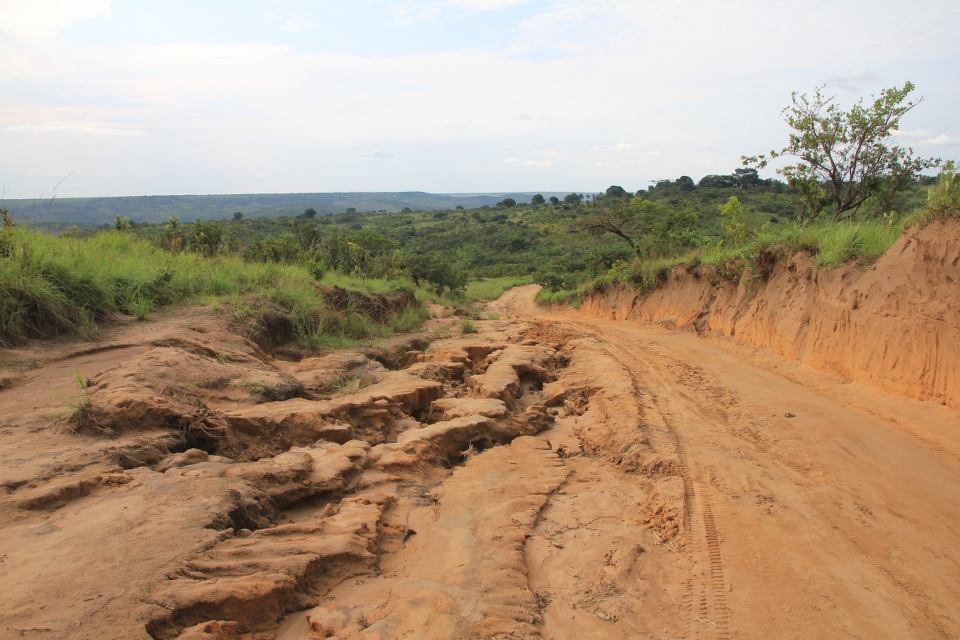The recent deterioration of the Karuma Bridge beyond its projected lifespan has sparked widespread frustration and raised serious concerns about the effectiveness of government ministries responsible for infrastructure maintenance and disaster preparedness.
Constructed in 1963 with an expected lifespan of 50 years, the Karuma Bridge was intended to serve the nation’s transportation needs for a substantial period. However, the emergence of significant issues in 2024, long after its projected lifespan had ended, underscores a profound failure in regular maintenance and proactive inspection protocols.
Government ministries entrusted with managing infrastructure and disaster preparedness bear critical responsibilities in ensuring the safety and functionality of vital assets like bridges. These ministries are tasked with allocating resources, implementing maintenance schedules, and swiftly responding to emerging challenges.
The failure of these ministries to address issues promptly or implement preventive measures casts doubt on their effectiveness and accountability. Citizens rightfully expect these institutions to fulfill their mandates competently and responsibly, particularly regarding public safety and infrastructure integrity.
However, the apparent negligence in maintaining the Karuma Bridge highlights systemic failures within these ministries. Budget constraints, bureaucratic processes, and competing priorities often hinder efficient decision-making and resource allocation, exacerbating infrastructure decay and endangering public safety.
Addressing issues such as the deterioration of the Karuma Bridge requires a collaborative effort from various stakeholders, including government authorities, lawmakers, oversight bodies, and civil society. Holding institutions accountable, advocating for transparency, and demanding proactive measures are essential steps toward improving the effectiveness and reliability of government ministries in safeguarding vital infrastructure assets.




















